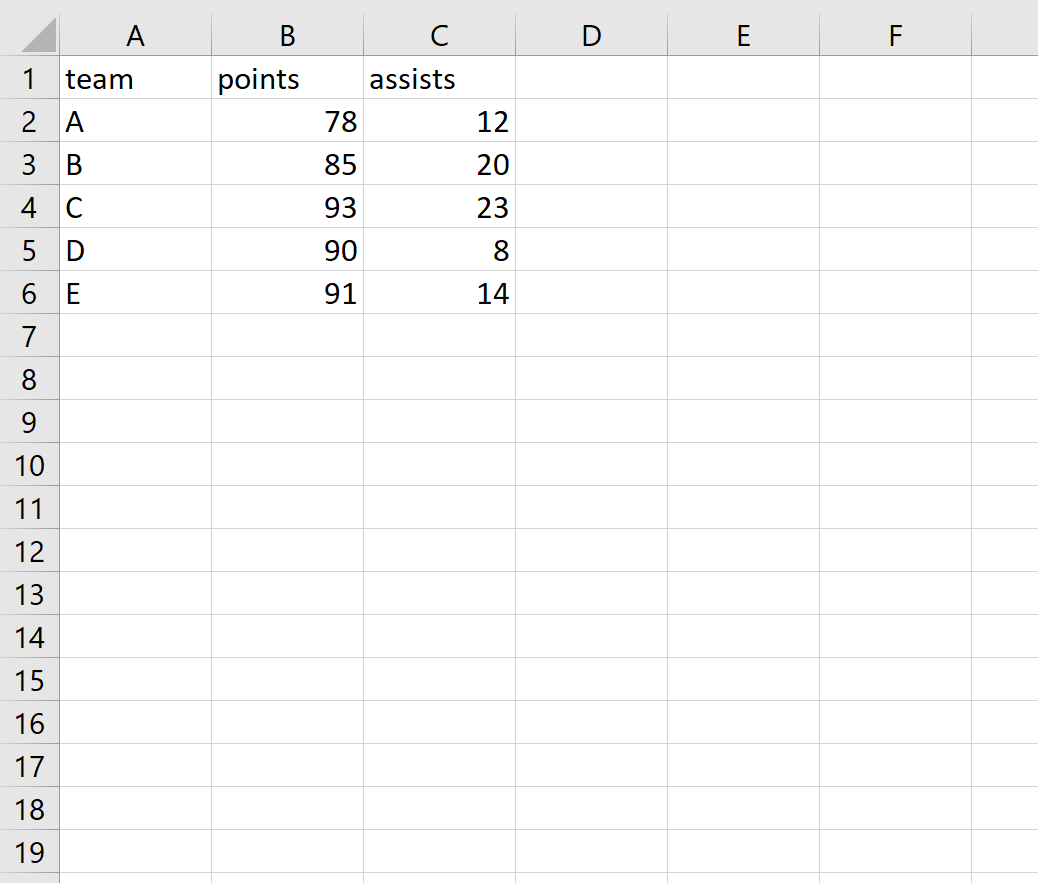5 Ways to Import Excel Sheets into R

Understanding the Significance of Excel-R Integration

For data analysts and researchers, the ability to seamlessly transfer data between Microsoft Excel and R can be immensely beneficial. Excel is widely used for its straightforward data handling capabilities, while R is renowned for its powerful statistical tools and data analysis packages. This article delves into five methods to import Excel sheets into R, optimizing your data analysis workflow.
Method 1: Using the readxl Package

The readxl package is a popular choice among R users due to its simplicity:
- Install and load the package:
install.packages("readxl") library(readxl) - Import an Excel file:
library(readxl) data <- read_excel("path/to/your/file.xlsx", sheet = "Sheet1")
Here, you specify the file path and the sheet name. If not specified, it defaults to the first sheet. This method is efficient for basic importation tasks.
🔍 Note: Ensure your Excel file is free from merged cells or complex formatting to avoid import errors.
Method 2: Using the XLConnect Package

The XLConnect package provides extensive Excel functionality:
- Install and load XLConnect:
install.packages("XLConnect") library(XLConnect) - Load the Excel workbook:
workbook <- loadWorkbook("path/to/your/file.xlsx") - Read data from a sheet:
sheet_data <- readWorksheet(workbook, sheet = "Sheet1")
It allows for reading, writing, and even modifying Excel sheets dynamically from R, which is particularly useful for complex tasks.
Method 3: openxlsx Package for Both Reading and Writing

openxlsx is another versatile option, known for its high-performance capabilities:
- Installation:
install.packages("openxlsx") library(openxlsx) - Reading data:
data <- read.xlsx("path/to/your/file.xlsx", sheet = "Sheet1")
Unlike others, openxlsx doesn't require external dependencies, making it lighter and faster for simple to complex data operations.
📍 Note: openxlsx is particularly useful when you need to read multiple sheets or apply complex formatting in R.
Method 4: readxl with Formula Parsing

The readxl package also offers functionality to parse Excel formulas:
- Enable formula parsing:
library(readxl) options(readxl.formula = TRUE)
- Read the Excel sheet:
data <- read_excel("path/to/your/file.xlsx", sheet = "Sheet1")
This feature can be valuable for scenarios where the formulas in your Excel sheet are critical to the analysis.
Method 5: Combining Packages for Complex Operations

Sometimes, one package might not suffice. Combining readxl, XLConnect, and openxlsx can offer a comprehensive solution:
| Package | Use Case |
|---|---|
| readxl | Simple data import |
| XLConnect | Dynamic Excel manipulation |
| openxlsx | High performance and formatting |

By leveraging each package's strengths, you can cover a wide array of scenarios, from basic import to complex, programmatic interactions with Excel files.
🔗 Note: Remember to manage package versions to avoid compatibility issues.
Wrapping up, this exploration into importing Excel files into R highlights that there's no single perfect method, but rather a suite of tools tailored to different needs. Understanding these methods empowers you to choose the right approach for your data analysis journey, allowing for efficient data transfer and manipulation. Whether you're dealing with simple data imports or complex Excel operations, R has a solution to fit your workflow.
Which package should I use for my project?

+
Choose based on your needs. readxl for simple imports, XLConnect for Excel manipulation, and openxlsx for high performance and readability.
Can I read Excel files with formulas?

+
Yes, with readxl, you can enable formula parsing by setting readxl.formula = TRUE.
Do I need to install Java for any of these methods?

+
Only XLConnect requires Java to be installed for its full functionality.